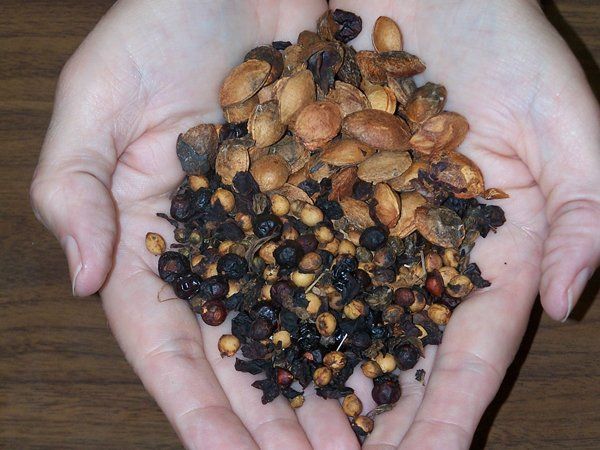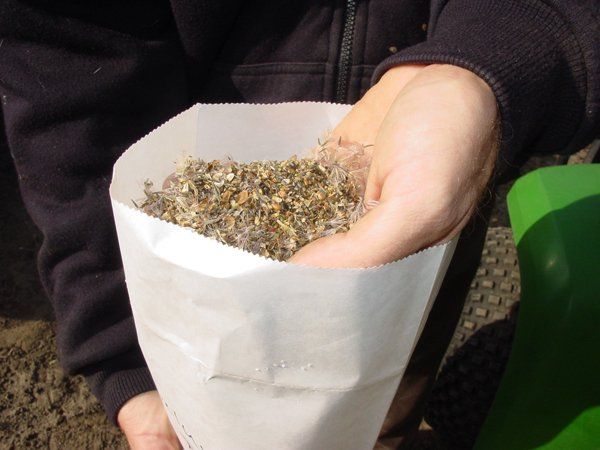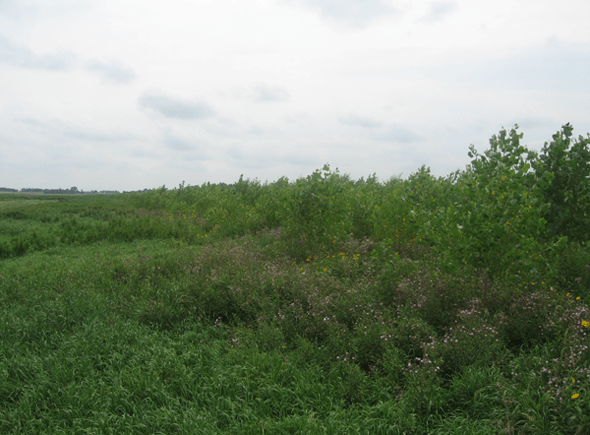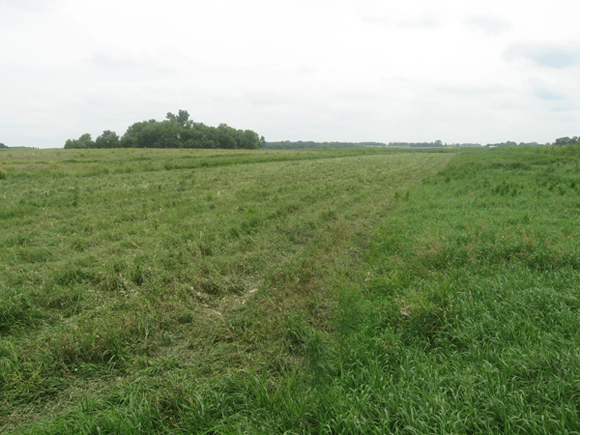Prairie Management
Planting prairies, buffer strips, waterways, and cool season grass sites
Depending on site conditions, your seeding may need to be no-till drilled, broadcast seeded, fall or spring seeded. We will utilize best management practices on your site.
Spring seeding begins in May after the soil has warmed up and ends at the end of June. Fall seeding starts in early November and continues until the ground freezes.
Prescribe burning
It may be necessary to perform a prescribed burn on your site in years 3 or 4 to stimulate the native grasses and forbs. We provide the personnel and equipment to conduct a prescribed fire on your site safely. We are available to establish firebreaks.
Prescribe burning is another tool used in site preparation for grass planting.
Native Grass and Forb Mixes
We can provide all seed mixes for your prairie, waterway, buffer strip, CRP land, or any conservation program. There is a large variety of grass and forb mixes available.
General mixes include: Minnesota State mixes, MNDOT Mixes, CRP mixes, BWSR Mixes, Food plot mixes, Pollinator mixes, Rain Gardens, and more. We are available to create an individual mix specifically designed for your site. We have Mesic mixes, Moist mixes, Dry mixes, and premium mixes.


Site Preparation
Preparing your site for a successful prairie planting is essential. Good site preparation will remove competing weeds and improve your prairie plants’ success in establishment. All sites are unique, and an individual site preparation plan is recommended. We provide all the necessary equipment and materials to prepare your seed bed.
Depending on the current status of your site, various preparation strategies are involved—the easiest site to plant prairie into in an established soybean field. The site is generally weed-free, and the soybean field is a smooth, firm ground surface perfect for seed. Conversely, the conversion of a cornfield is a little more difficult. If there is a significant amount of corn stubble on the field, the debris may need to be baled and hauled off the site or plowed and disced.
If you are converting an established cool-season grass parcel, pasture, or idle grassland to native warm-season grasses, several steps may be necessary for site preparation. Generally, the site will be herbicide sprayed with a “Glyphosate” product to control current vegetation. The site may need to be prescribed burned to eliminate the heavy thatch layer. If there were persistent cool season grasses on site, an additional application of glyphosate might be required to create a clean seed bed. If you are resistant to the herbicide, tillage will be an option for preparation.
Native Grass and Forb Mixes
We can provide all seed mixes for your prairie, waterway, buffer strip, CRP land, or any conservation program. There is a large variety of grass and forb mixes available.
General mixes include: Minnesota State mixes, MNDOT Mixes, CRP mixes, BWSR Mixes, Food plot mixes, Pollinator mixes, Rain Gardens, and more. We are available to create an individual mix specifically designed for your site. We have Mesic mixes, Moist mixes, Dry mixes, and premium mixes.




Cottonwood stems have seeded in an established prairie. Mowing with an application of herbicide to the cut stems was implemented to remove woody stems.
Maintenance
If there is a weed problem on the site, we can mow, spot spray, or hand-pull unwanted weeds on your site.
During the first year of prairie establishment, it is necessary to mow the site to control any broadleaf weeds or unwanted grasses. We also want to give your new prairie seedlings every opportunity to survive and thrive.
Woody stems may invade an established prairie, and control of these stems is warranted.


Maintenance
If there is a weed problem on the site, we can mow, spot spray, or hand-pull unwanted weeds on your site.
During the first year of prairie establishment, it is necessary to mow the site to control any broadleaf weeds or unwanted grasses. We also want to give your new prairie seedlings every opportunity to survive and thrive.
Woody stems may invade an established prairie, and control of these stems is warranted.
Cottonwood stems have seeded in an established prairie. Mowing with an application of herbicide to the cut stems was implemented to remove woody stems.
Zumbro Valley Forestry, LLC
4120 Cty Rd 21 NE
Elgin, MN 55932

All Rights Reserved | Zumbro Valley Forestry, LLC
